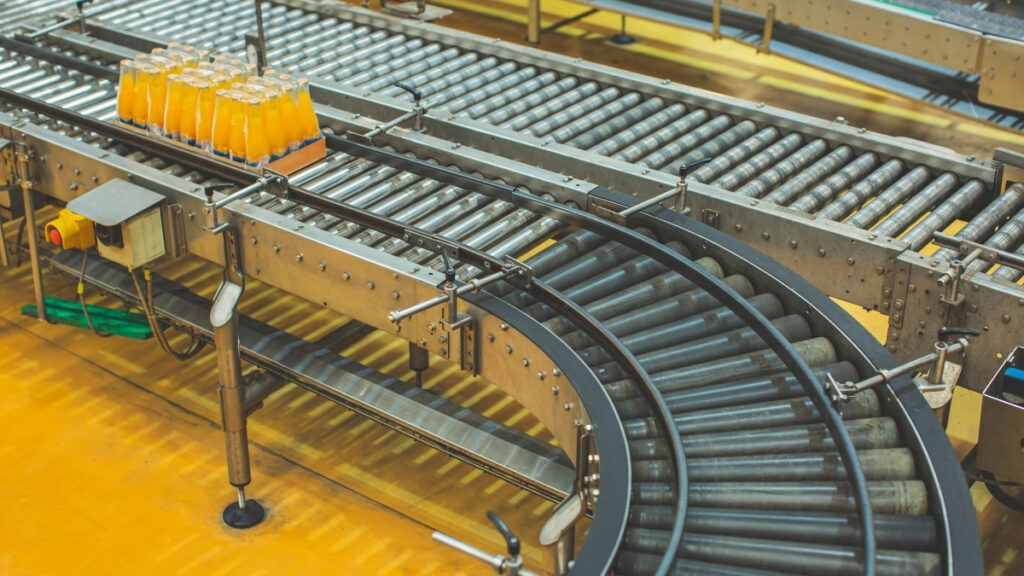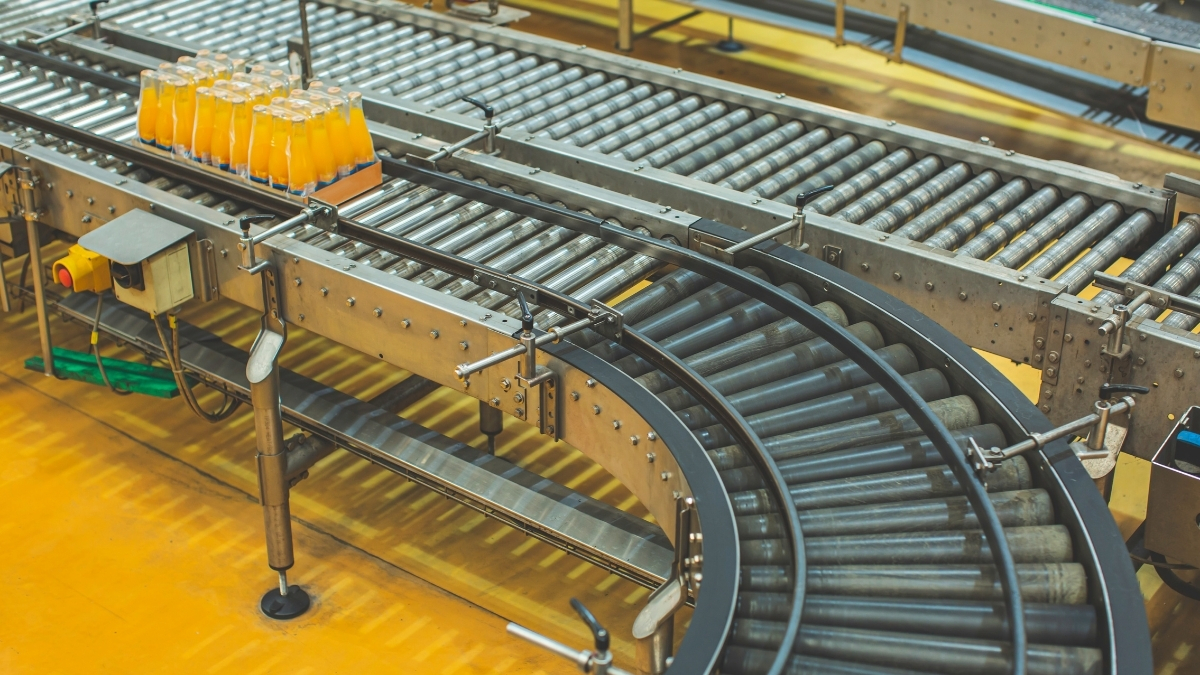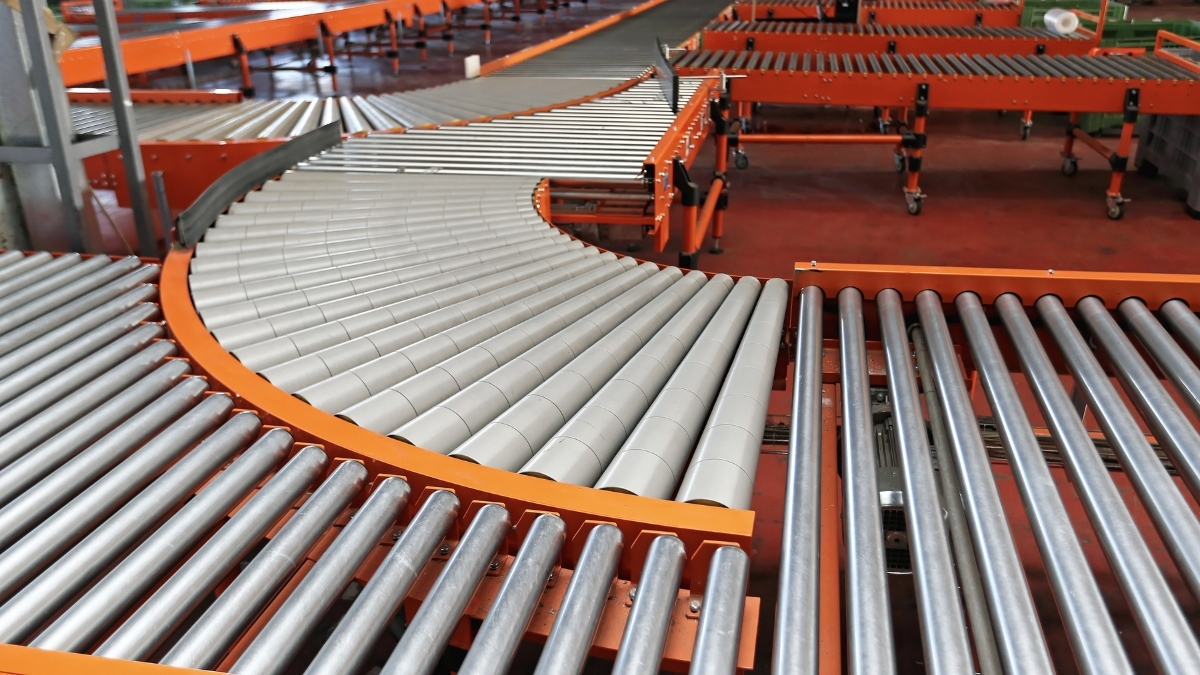As the energy landscape continues to evolve and sustainability becomes an increasingly critical focus for businesses across all sectors, the optimization of industrial systems for energy efficiency is paramount.
Understanding the Energy Consumption of Conveyor Systems
Conveyor systems, by their very nature, require energy to move materials from one point to another. The primary energy consumers within these systems are the electric motors that drive the conveyor belts or rollers. The amount of energy consumed depends on several factors, including the length and speed of the conveyor, the weight and volume of the materials being transported, the type of motor used, and the operational schedule. In many facilities, conveyors run at a constant speed regardless of the actual material flow, leading to significant energy waste during periods of low or no production.
Contact MBA Electric at (973) 556-2583 to learn more!
The Power of Intelligent Control Strategies
The key to reducing energy consumption lies in implementing intelligent control strategies that move beyond simple on/off commands. Modern conveyor control systems offer a range of sophisticated functionalities that can significantly improve efficiency:
- Variable Frequency Drives (VFDs): VFDs are a cornerstone of energy-efficient conveyor control. They allow for precise adjustment of the motor speed to match the actual demand. Instead of running at full speed when only a few items are being transported, a VFD can slow down the motor, dramatically reducing energy consumption. This is particularly effective in applications with fluctuating material flow rates.
- Photoelectric Sensors and Smart Controls: Integrating photoelectric sensors along the conveyor line allows for real-time monitoring of material presence. This information can be used to automatically start and stop conveyor sections as needed, ensuring that only the active parts of the system are consuming energy. Advanced control logic can also optimize the speed of different conveyor segments based on the flow of goods.
- Programmable Logic Controllers (PLCs): PLCs serve as the brains of modern conveyor control systems. They can be programmed with complex algorithms to optimize conveyor operation based on various factors, such as production schedules, sensor inputs, and downstream equipment status. This allows for synchronized and efficient material flow, minimizing unnecessary movement and energy waste.
- Zone Control: Dividing a long conveyor system into independently controlled zones can lead to significant energy savings. When material is only present in a specific zone, only that section of the conveyor needs to be operational, while other zones can remain idle. This eliminates the energy waste associated with running the entire length of the conveyor when it’s not fully utilized.
- Dynamic Braking and Regenerative Braking: In certain applications, particularly inclined conveyors, dynamic braking can be used to slow down the system. Regenerative braking takes this a step further by capturing the kinetic energy generated during deceleration and feeding it back into the electrical grid, further reducing energy consumption.
- Scheduled Operation and Timers: Implementing schedules that align conveyor operation with production needs can prevent unnecessary runtime during idle periods, breaks, or non-production hours. Timers and real-time clocks within the control system can automate these start-stop sequences.
Did you know?
Implementing Variable Frequency Drives (VFDs) on conveyor motors can often result in energy savings of 20% to 50% or even more, depending on the application and the variability of the load. The savings are most significant when the conveyor frequently operates at less than full speed.
To explore how optimized conveyor controls can reduce energy consumption in your facility, contact MBA Electric at (973) 556-2583 for a consultation and expert solutions tailored to your needs.



